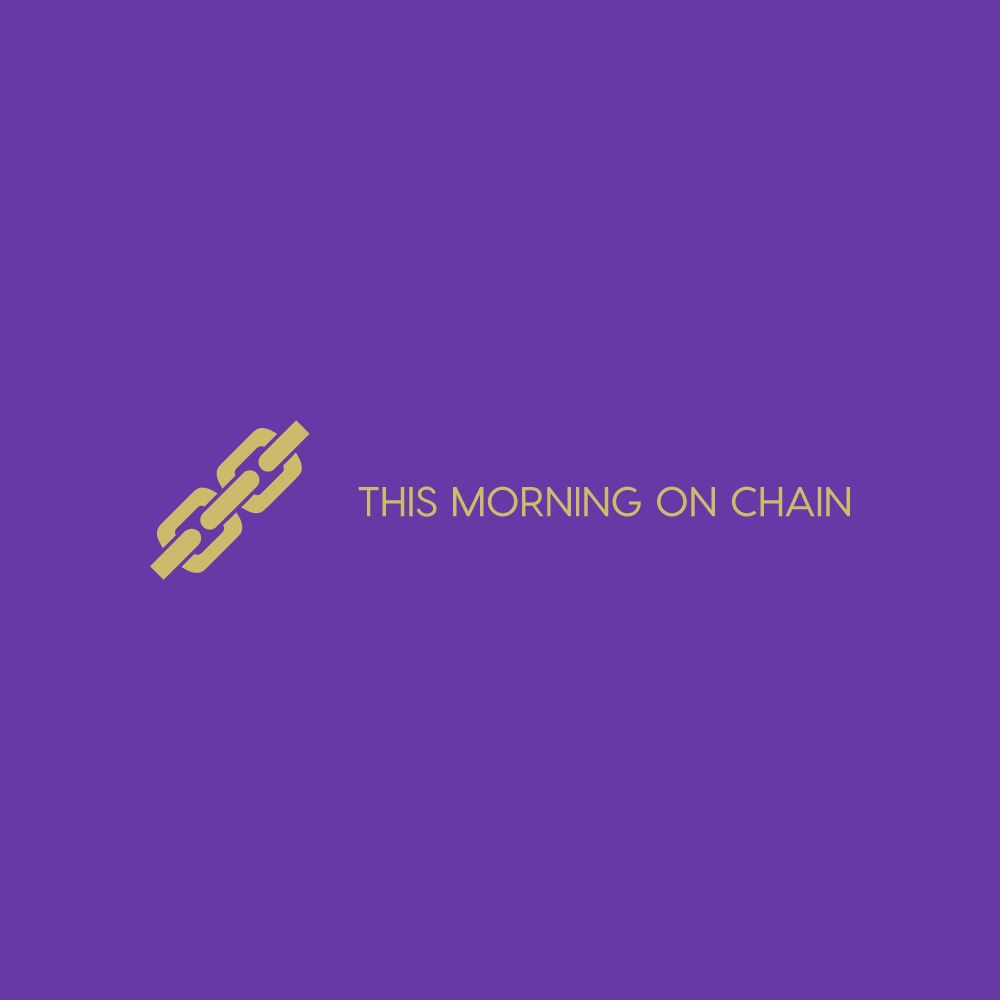128 reads
Is Fantom the Last Undervalued L1?
by
January 27th, 2022
Audio Presented by

We send out a short (~5 min read) weekly newsletter that helps you stay up to date with crypto.
About Author
We send out a short (~5 min read) weekly newsletter that helps you stay up to date with crypto.
Comments
TOPICS
THIS ARTICLE WAS FEATURED IN
Related Stories
1inch is ...Inflationary?
May 24, 2021